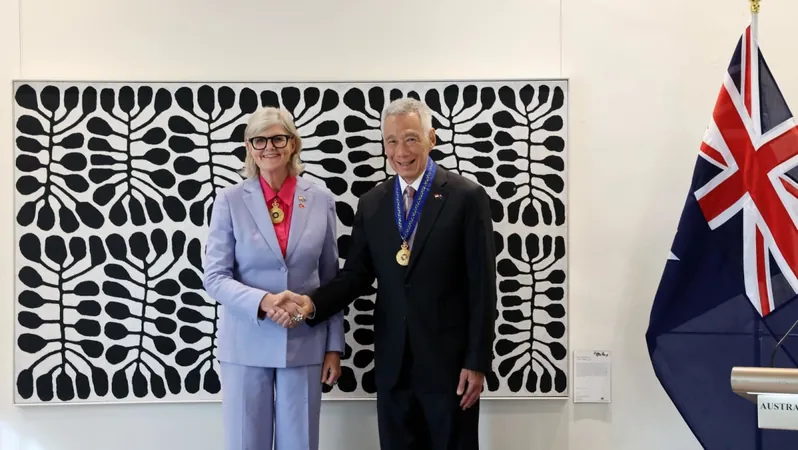
Unmasking the Hidden Barriers: Why Ethnic Minority Women Struggle with Physical Activity
2025-07-05
Author: Li
We all know that staying active can significantly improve health, boost mental well-being, and enhance life quality. The World Health Organization advocates for at least 150 minutes of moderate or 75 minutes of vigorous activity weekly. Yet, despite overwhelming evidence of its benefits, millions of women, particularly from ethnic minority backgrounds, remain on the sidelines.
This gap is alarming, highlighting a pressing need for awareness. Women, facing an increased risk of chronic diseases like cardiovascular issues, have their participation stunted not only by biological factors but also by a maze of cultural, social, and psychological hurdles.
Cultural Shifts and Barriers to Participation
Women from various ethnic backgrounds often confront stereotypes and cultural norms that paint vigorous exercise as unsuitable. For instance, in South Asian communities, traditional gender roles and modesty expectations deter active engagement in sports and fitness.
Furthermore, the process of acculturation—adapting to the norms of a new society—can both motivate and demotivate physical activity. While some women adopt new habits, others struggle to find their footing amid pressing cultural and family obligations.
The Economic Edge: Struggling to Stay Active
Financial constraints are another formidable barrier. Many ethnic minority women face considerable economic challenges that limit their access to gyms and community fitness programs. The absence of suitable recreational spaces compounds the issue. If the local parks are unsafe or too far away, the motivation to engage in outdoor activities diminishes.
Social Isolation: A Silent Prison
Family responsibilities, language barriers, and social isolation further complicate the picture. Many women express that household demands take precedence over personal health, stating that caring for family members often takes priority over their own fitness needs. Also, language barriers can inhibit their ability to engage in community resources or fitness programs, leaving them feeling disconnected and unsupported.
Creating Change: The Path Forward
Despite these challenges, hope is on the horizon. By identifying the unique barriers faced by these women through a systematic review of studies, there's potential for targeted interventions. Strategies such as offering women-only fitness classes, providing childcare support during sessions, and creating culturally-sensible programs can make a difference.
Additionally, increasing public awareness about the significance of fitness for ethnic minority women can shift perceptions and encourage participation. Organizations and communities must lobby for improved infrastructure and safe exercise environments.
Conclusion: A Call to Action
Understanding the barriers ethnic minority women face in physical activity is a vital step toward creating equitable health opportunities. By prioritizing culturally relevant health initiatives and addressing the broader structural issues that inhibit participation, we can pave the way for a healthier, more inclusive future.


 Brasil (PT)
Brasil (PT)
 Canada (EN)
Canada (EN)
 Chile (ES)
Chile (ES)
 Česko (CS)
Česko (CS)
 대한민국 (KO)
대한민국 (KO)
 España (ES)
España (ES)
 France (FR)
France (FR)
 Hong Kong (EN)
Hong Kong (EN)
 Italia (IT)
Italia (IT)
 日本 (JA)
日本 (JA)
 Magyarország (HU)
Magyarország (HU)
 Norge (NO)
Norge (NO)
 Polska (PL)
Polska (PL)
 Schweiz (DE)
Schweiz (DE)
 Singapore (EN)
Singapore (EN)
 Sverige (SV)
Sverige (SV)
 Suomi (FI)
Suomi (FI)
 Türkiye (TR)
Türkiye (TR)
 الإمارات العربية المتحدة (AR)
الإمارات العربية المتحدة (AR)